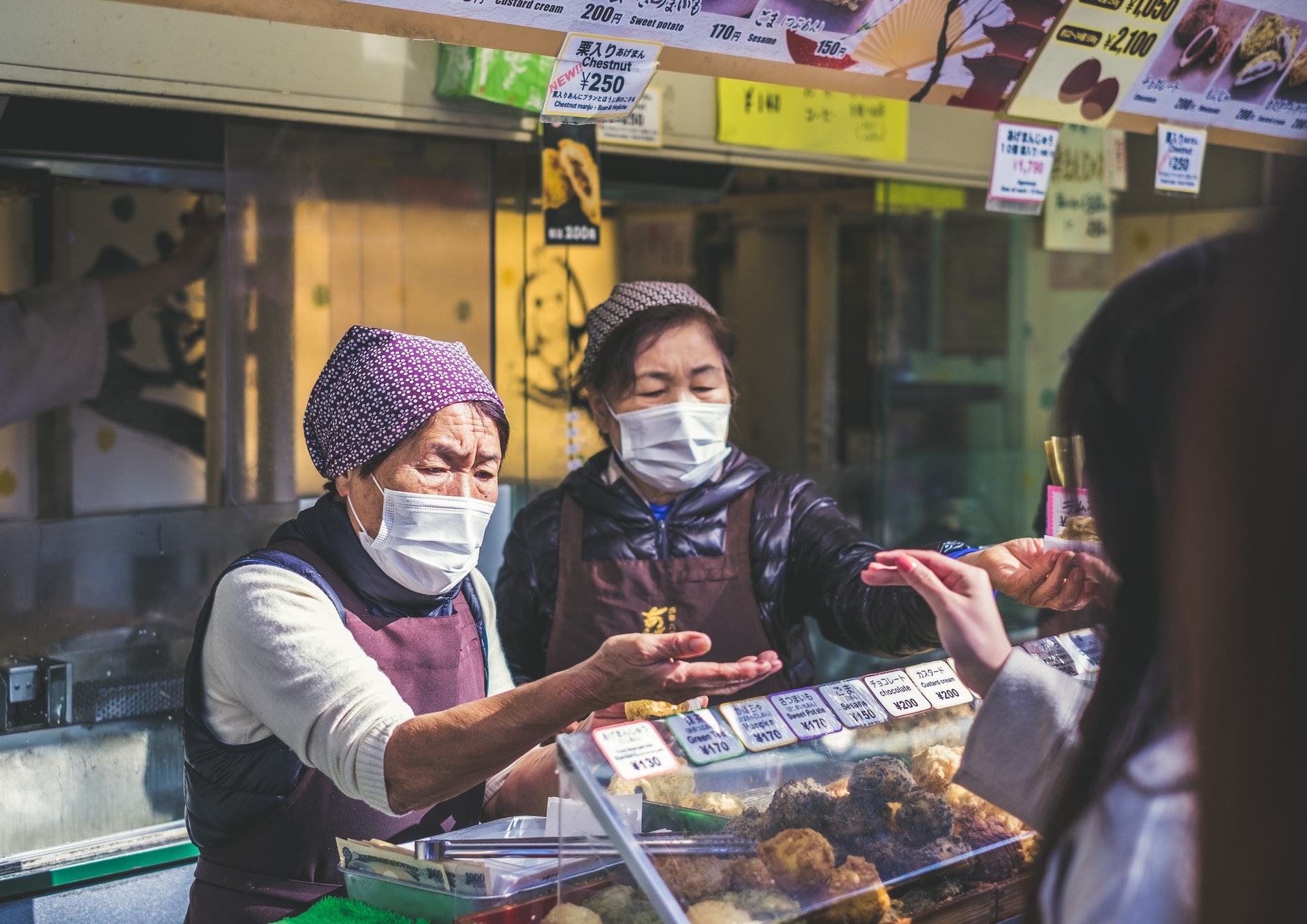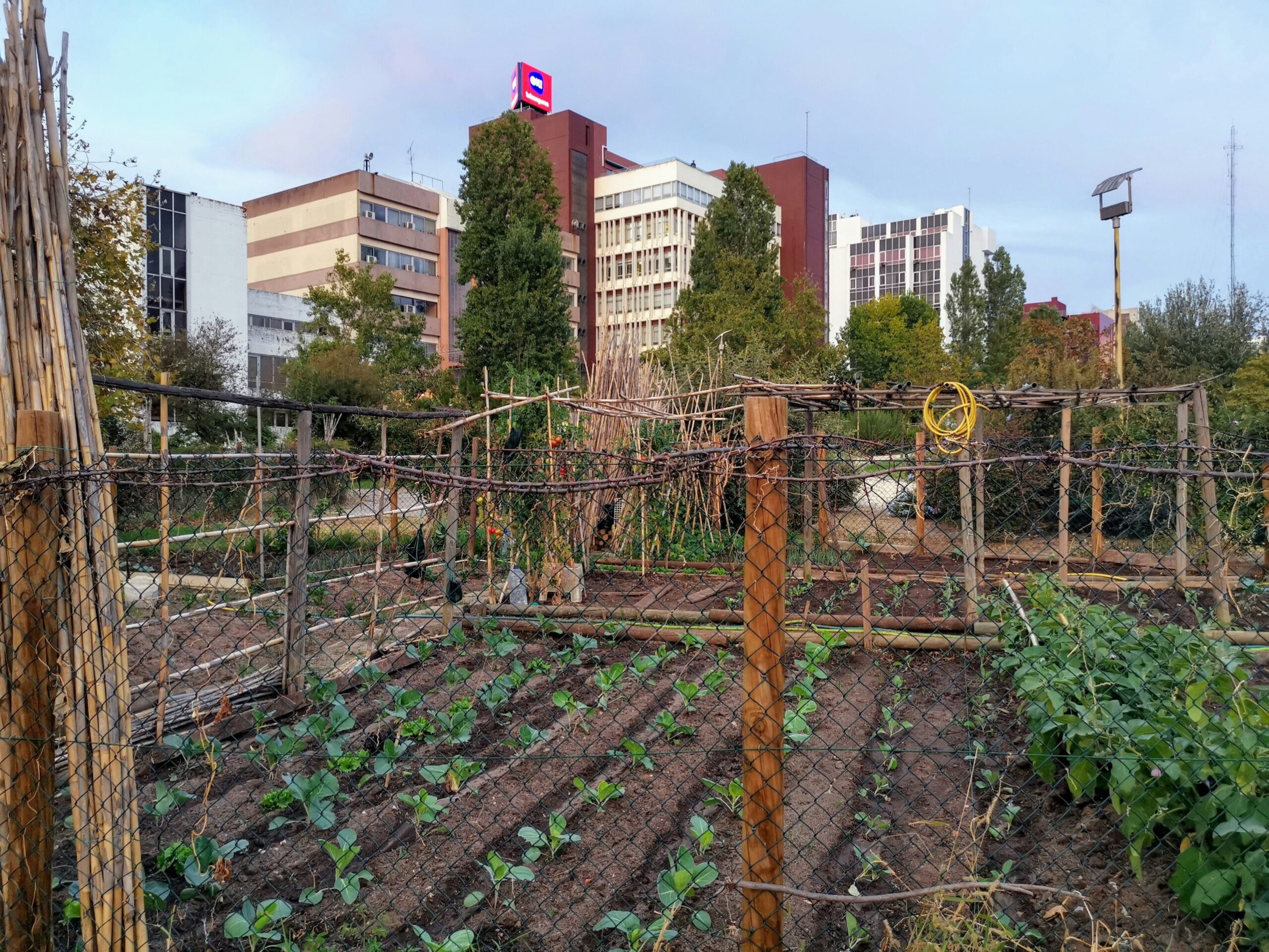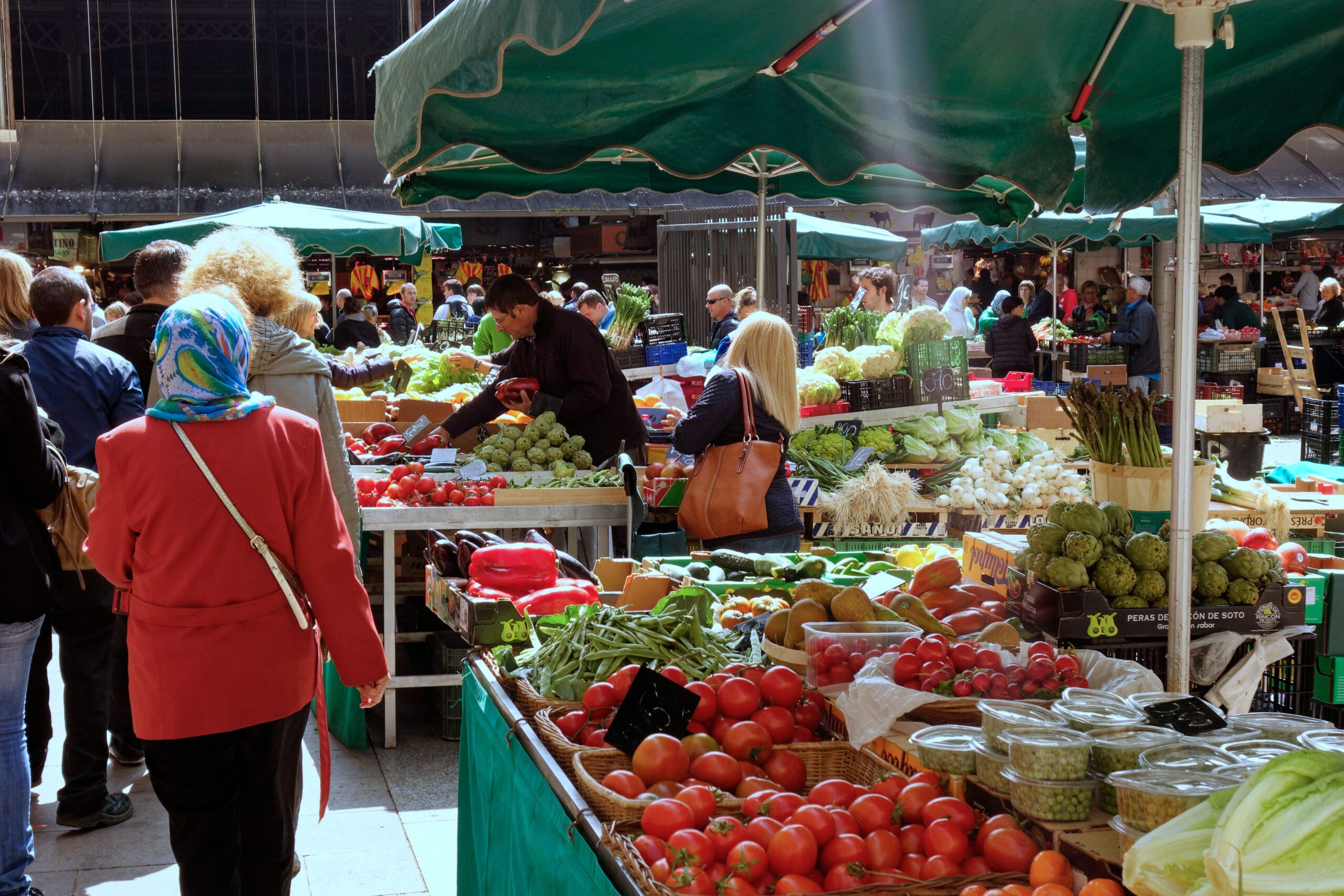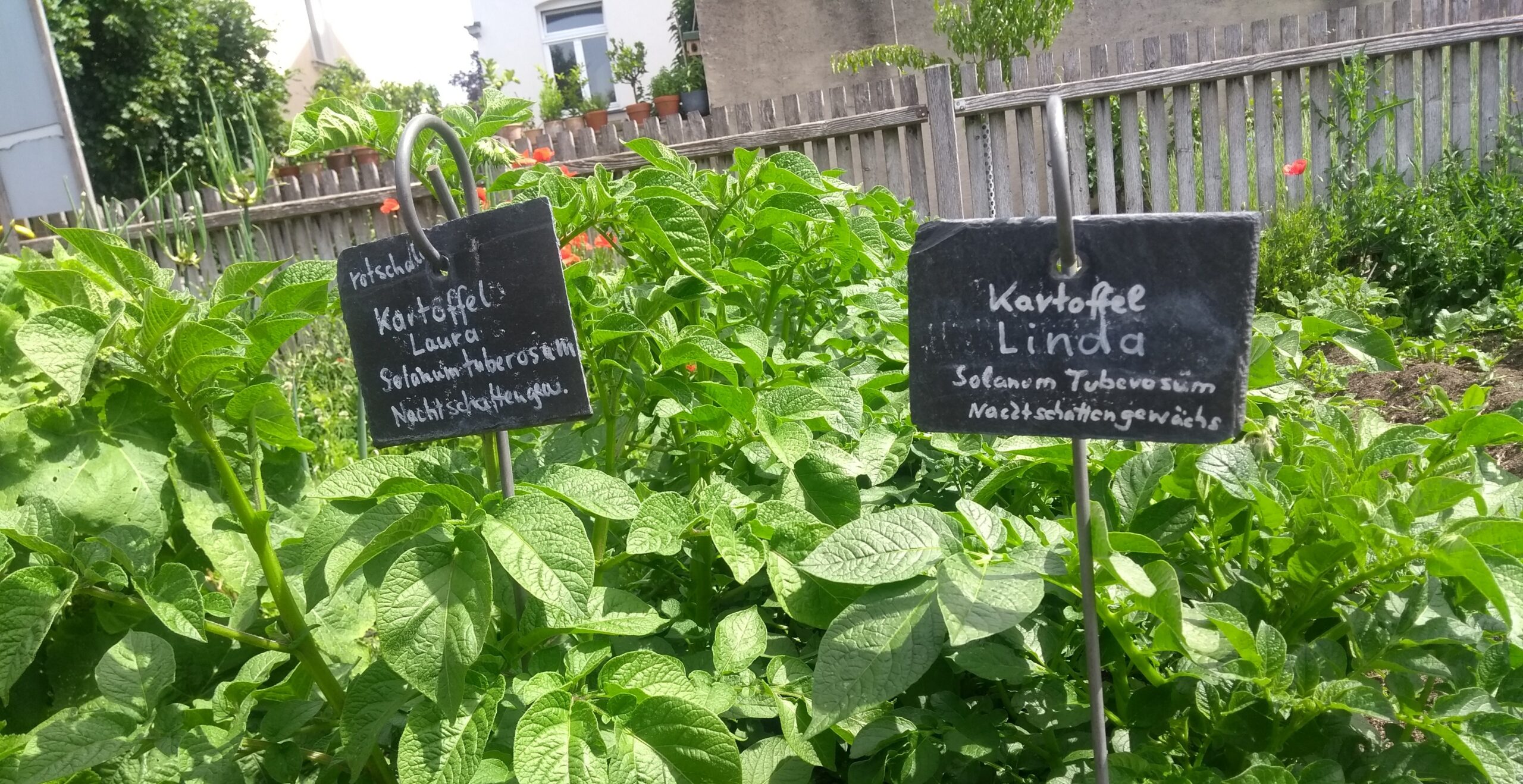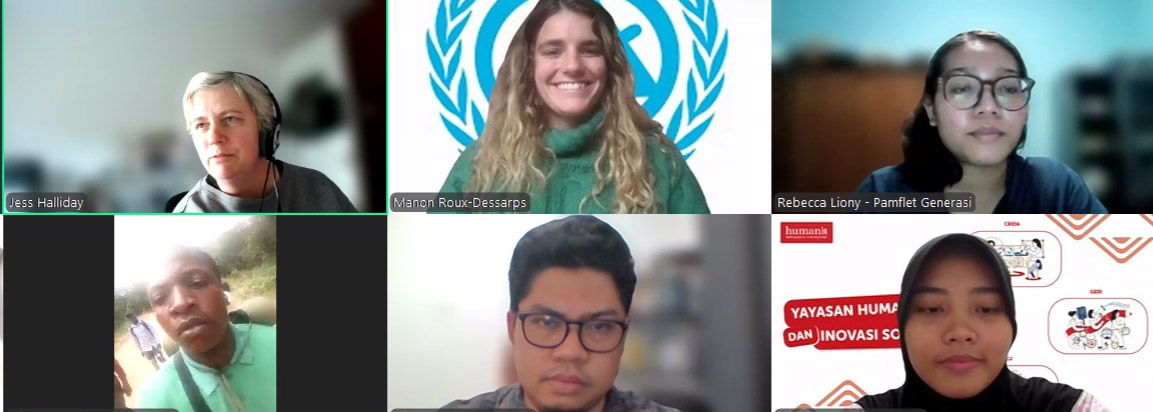Authors: Jess Halliday and Barbara Emanuel
The theme of World Food Day 2020 – Grow, Nourish, Sustain. Together – was probably settled well before Covid-19 arrived on Planet Earth, killing more than a million people, devastating economies, and laying bare the fragilities and inequalities of the food system. But the importance of working together is a key lesson from the first eight months of the public health crisis, and one that will be crucial in constructing resilient, sustainable and equitable food systems for the post-Covid era.
The impact of Covid-19 measures on the food system
Even at the best of times our dominant, market-based food system is inherently unsustainable and beset with inequalities. It causes devastating environmental harm, and fails to provide either decent livelihoods to all supply chain stakeholders or equitable access to healthy, affordable food for consumers. It also relies heavily on migrant labour, transportation, and close human contact throughout the value chain – all of which were halted or dramatically scaled back in the first half of 2020 as part of measures to curb the spread of Covid-19 worldwide.
While this food system is global in scope, it is at the local level, closest to the humans who depend on it for their sustenance and livelihoods, that the greatest impacts of Covid-19 measures have been experienced.
Food shortages have been reported in cities in every continent, exacerbated by anxious consumers panic-buying basic staples before going into ‘lock-down’. Lack of labour left harvests rotting in fields and spring planting un-done, giving rise to fears of poor harvests come autumn-time. Small-scale dairy farmers, suddenly unable to procure feed, have had to stop providing milk to children in their neighbourhoods. Processing plants have ground to a halt following Covid-19 clusters among the workforce, leading to unpaid sick leave for some and, for many more, unemployment. Many markets have been forced to close or curtail their operations, leaving urban residents with reduced physical access to food sources.
The very people who previously faced discrimination, poor living conditions, unequal access to healthcare, and insecure livelihoods have been disproportionately affected by the virus itself or by the fall-out from drastic measures to contain it.
The FAO has warned that the nutritional status of vulnerable groups will deteriorate further as a result of Covid-19, with a preliminary assessment predicting an increase of between 83 and 132 million in the number of undernourished people in the world by the end of 2020.
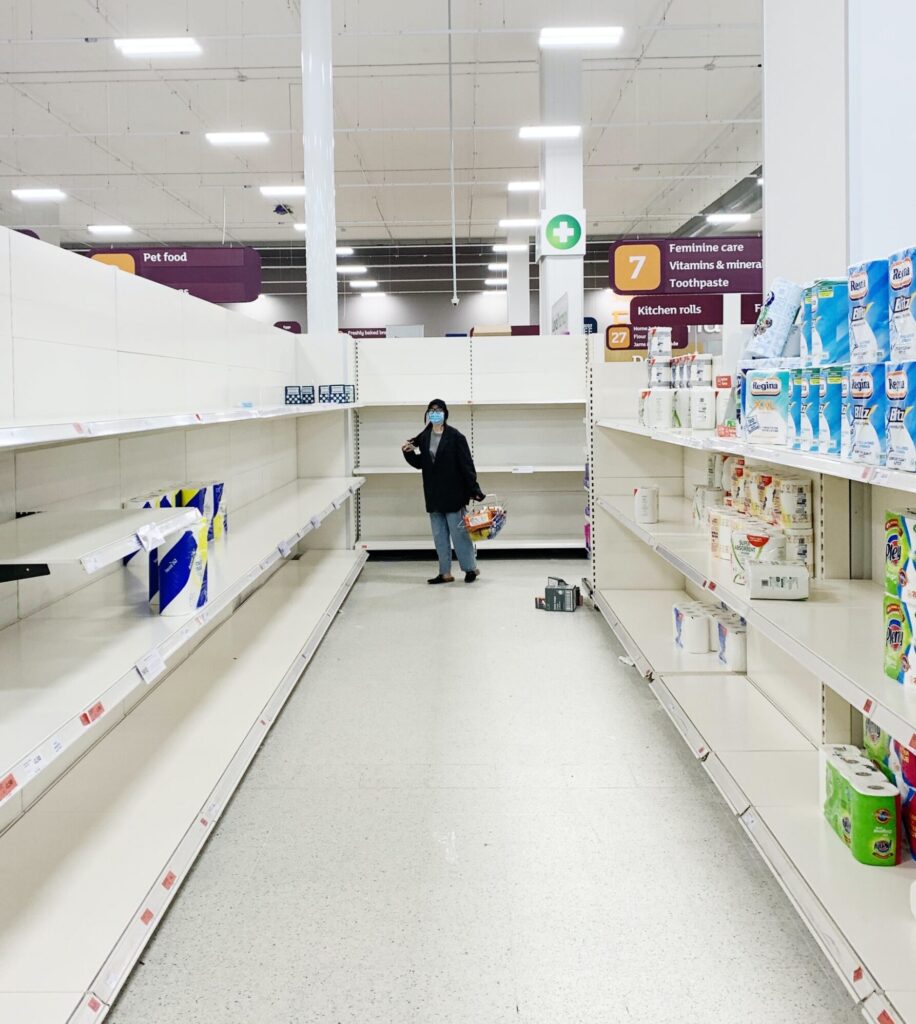
City responses to the Covid food emergency
In many countries the national response to the unfolding food emergency has been devised largely behind closed doors, in intense talks between government officials and multinationals over how to support globalised supply chains. Civil society has advocated alternative approaches from the sidelines; for instance, the Food Rights Alliance in Uganda has called on parliamentarians and government decision-makers to make food diversity a key element of disaster risk management strategies. Likewise, urban leaders have played no part in national decision-making, and provision of national funds for responses at the local, city level has been inadequate.
Within cities, however, it has been a different story. Food system stakeholders have mobilised en masse to enable ongoing provisioning of basic, healthy food staples, particularly to vulnerable citizens. Cooperation has been key – even if it has not always played out perfectly.
Partnership-based solutions deployed by cities include:
- Leveraging city resources and infrastructure by using the logistics and staff of the public library system to deliver fresh fruit and vegetables to vulnerable people in Toronto, Canada;
- maintaining incomes of urban farmers in Quito, Ecuador, by selling food in neighbourhoods where urban gardens are located, as well as delivering baskets directly to households to avoid crowding in markets;
- forming a task force in Colombo, Sri Lanka, to coordinate supply chains across administrative boundaries, ensuring farmers’ access to inputs, waste management, and hubs for distribution of farm produce;
- forming an alliance of social enterprises to deliver produce boxes, emergency meals and backyard gardening kits to low income families in Melbourne, Australia;
- rapidly identifying vulnerable people (e.g. elderly, disabled, single mothers and children) in need of urgent food support by liaising with community groups (Dhaka, Bangladesh) or drawing on the findings of previous food systems assessment[1] (Quito, Ecuador).
Emergency responses showed that civil society is often capable of responding rapidly to food crises, and cities that collaborated with civil society were able to pivot food provisioning models and re-direct resources to where they were needed most.
Coordination was not always smooth, but everyone worked differently – and mostly more together – during the crisis.
Moving on from emergency response
As of autumn 2020, some urban food environments might seem to be returning to the pre-Covid status quo, with fewer empty supermarket shelves and outdoor markets reinstated (albeit more spaced out and with both vendors and shoppers wearing masks).
This appearance of ‘normality’ is highly deceptive. A great many people still depend on government and charitable food supports, which has worsened every kind of social inequality, including socio-economic, racial, gender- and age-based.
Covid-19 will have severe, on-going impacts throughout food systems for a long time to come.
Civic leaders and policy-makers must understand that food security is not only a matter of short-term provisioning to needy consumers. Rather, food security means physical, social, and economic access to sufficient, safe, nutritious and culturally-appropriate food, for all people at all times.
Make no mistake, there is no quick fix. Food systems transformation is a long-haul goal.
Stakeholders pulling together
More than ever, there is a need for integrated, inclusive efforts from governments at all levels, across all departments, and with all sectors – public, private, civil society, academia – pulling together.
Multi-stakeholder platforms that existed pre-Covid-19 – such as food policy councils and food strategy implementation teams – showed their ability to connect, inform and bring solutions in the short term (although sometimes lack of visibility meant their potential to coordinate actions was overlooked). These platforms must be strengthened, as they provide a solid foundation for both emergency response and longer-term transformative actions.
New partnerships that emerged from the emergency response must be maintained, wherever possible.
And still more connections must be made. As we are the juncture between emergency response and long-term resilience planning, this is no time to retreat into silos.
Looking ‘horizontally’ across the local level, city governments are well-positioned to promote dialogue and engagement – both between their own departments and across sectors, including established community organisations, community networks (formal and informal), and the private sector.
Looking ‘vertically’, local, regional and national governments must actively pursue communication, cooperation and integration, including the empowerment and proper resourcing of sub-national governments to take actions to safeguard food security at the city and city region level. In so doing, they will reduce the risk of policy incoherence and duplication/undermining of efforts, enable suitable interventions at the level where they can be most effective, and promote the scale-up and replication of initiatives in other areas.
‘Grow, Nourish, Sustain. Together’ is an apt theme for World Food Day 2020. But faced with today’s unprecedented challenges, our food system can be even more transformative. Let’s ‘Rebuild, Rebalance, Strengthen. Together’.
[1] conducted under the FAO-RUAF City Region Food Systems Programme
Header photo by Jérémy Stenuit on Unsplash

